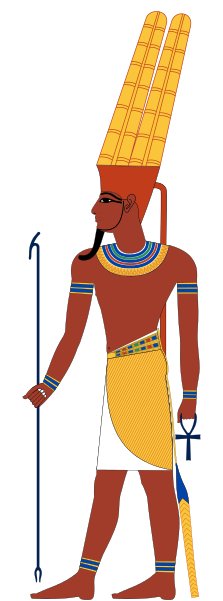We have more words of Metoro to consider:
Kua vaha te mago erua seems rather straightfoward - the 'opening' (of the season) of the double sharks. I think the single shark ought to be Antares and from July 5 to November 25 there are 329 - 185 = 144 (= 12 * 12) days. The right foot of Castor is ν Gemini (Ca4-26), and the manzil day number 413 (Tuwaibe' 8) = 48 + 365 = 14 * 29½ coincided with the heliacal rising of Alhena (γ Gemini) - the left foot of Pollux:  Al Sufi has measured, we can see, the distances between not only the stars Castor and Pollux but also those between Castor's legs and between the legs of Pollux. But he did not care to note the distance from ν Gemini to Alhena. The right foot of Pollux (Alzirr, the Button, ξ) rose heliacally 50 days from the beginning of the manzil year:
Metoro connected the first 4 glyphs in line a5 with hua and te henua - with the earth and its offspring. In Ca5-2 we can see the change from a broad vertical band to a short and narrow one and, most important, the koti sign before the 'newborn earth'. Muliphein is γ Canis Majoris and Wezen - which rose heliacally 107 days after March 21 - is δ Canis Majoris. Adara in July 4 is ε Canis Majoris, 4 days after Sirius. The 5th day after Sirius coincided with ξ Gemini (Alzirr). The Greek letter xi (Ξ, ξ) may ultimately have been derived from the Egyptian djed column:
It has 5 great horizontal yellow lines, but the last of them (at bottom) is especially great. Above this bottom 'floor' there are 7 coloured bands and above them a horizontally striped band separating the 4 apartments above from the special bottom one. 7 + 1 + 4 = 12. Maybe we could read the djed column in parallel with the C text, e.g. with Wezen in RA day 107 at bottom and with Alzirr at the top end. After Wezen follow 2 days with no stars and then the days of Wasat (δ Gemini) and Aludra (η Canis Majoris):
Metoro's kua iri i te rakau - ihe tamaiti could possibly describe how there is growing up (iri) from the 'Tree' (rakau) a twin (tamaiti) spearpoint (ihe) in manzil day Heka 1. From Gregorian day 192 to Gregorian day 329 there are 137 days, suggesting a parallel with how Sheratan 1 comes 137 days from the end of the old Gregorian year. Counted from the solstice in December 21 (355) there were 11 + 193 = 214 days to the heliacal rising of Castor, the first to rise of the 'twin sharks' (erua mago). July 12 was evidently a special day and the chiastic structure suggests it was a kind of 'leap day', when Castor's manu rere flew up from Phakt to Procyon:
From te hokohuki in June 15 to te hokohuki erua in July 13 there are 194 - 166 = 28 days (4 weeks). "α, 2.5. Phaet, Phact, and Phad are all modern names for this, perhaps of uncertain derivation, but said to be from Hadar [Ground] already noted under the constellation. The Chinese call it Chang Jin, the Old Folks. Although inconspicious, Lockyer thinks that it was of importance in Egyptian temple worship, and observed from Edfū and Philae as far back in time as 6400 B.C.; but that it was succeeded by Sirius about 3000 B.C., as α Ursae Majoris was by γ Draconis in the north. And he has found three temples at Medinet Habu, adjacent to each other, yet differently oriented, apparently toward α, 2525, 1230, and 900 years before our era: all these to the god Amen. He thinks that as many as twelve different temples were oriented to this star; but the selection of so faint an object for so important a purpose would seen doubtful. Phaet is 33º south of ε Orionis [Alnilam], the central star in the Belt, and culminates on the 26nd of January." (Allen) According to Wikipedia the god Amen (Amun) was the king of the gods and the god of the wind:
With such an impressive ancestry it is not strange Phakt was one of the 10 Tahitian star pillars:
| |||||||||||||||||||||||||||||||||||||||||||||||||||||||||||||||||||||||||||||||||||||||||||||||||||||||||||||||||||||||||||||||||||||||||||||||||||||||||||||||||||||||||||





